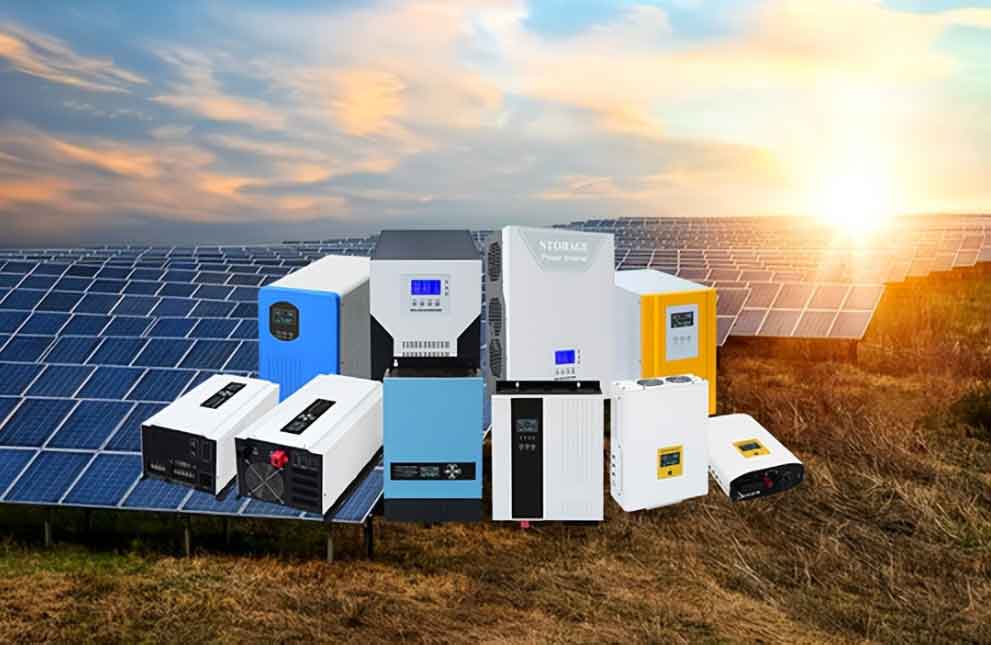The integrated design of solar energy storage inverters represents an innovative approach to solar power systems, combining the functionality of solar inverters and battery storage management into a single unit. This design enhances the efficiency, cost-effectiveness, and ease of installation for solar energy systems, particularly in residential and small commercial applications.

Key Features of Integrated Solar Energy Storage Inverters
- Combination of Functions: An integrated solar energy storage inverter combines the traditional roles of a solar inverter (converting DC from solar panels to AC for home or grid use) with the capability to manage energy storage in connected batteries. This allows it to not only convert energy but also to control charging and discharging of the storage system based on energy demand and production.
- Streamlined Installation: By merging multiple functions into a single device, these inverters simplify the installation process, reducing the number of components needed and potentially lowering installation costs. This integration also reduces the physical footprint of the system’s hardware.
- Improved Energy Management: Integrated inverters can intelligently manage the flow of electricity from solar panels, to battery, to home or grid. They can decide when to store energy, when to use it directly, or when to sell it back to the grid, optimizing energy use and cost savings.
- Enhanced System Efficiency: These systems can minimize energy losses that occur during DC to AC conversion and during the transfer of electricity between separate components. The closer integration leads to quicker response times and better synchronization between generation, storage, and consumption.
- Advanced Monitoring and Control: Many integrated inverters come with sophisticated software that allows homeowners to monitor and control their system remotely. This can include real-time data on production, consumption, battery status, and health diagnostics.
Applications
- Residential Solar Systems: Ideal for homeowners who want a compact, efficient, and easy-to-manage solar power system. Integrated inverters can help maximize the use of solar energy, reduce reliance on the grid, and provide backup power during outages.
- Small Commercial Systems: Small businesses can benefit from the reduced operational costs and improved energy independence offered by these systems. The integrated design is particularly valuable in buildings with limited space for technological installations.
- Remote and Off-grid Applications: For locations where grid connections are unreliable, costly, or unavailable, an integrated solar energy storage inverter can provide a complete solution for generating, using, and managing solar energy efficiently.
Considerations for Deployment
- Compatibility: When choosing an integrated inverter, it’s important to ensure that it is compatible with the specific type and capacity of batteries used, as well as with the solar panels and the system’s overall design.
- Cost: While the initial cost might be higher than for a traditional setup with separate components, the operational savings, reduced installation costs, and potentially longer lifespan can offset this.
- Maintenance and Serviceability: Integrated systems might be more complex to service due to their multifunctional nature. Choosing systems with good manufacturer support and warranty is crucial.
The integrated design of solar energy storage inverters is a forward-looking technology that simplifies renewable energy systems, making solar power more accessible and appealing to a broader range of users. As technology advances, these systems are likely to become even more efficient and user-friendly, playing a crucial role in the expansion of solar energy usage worldwide.
